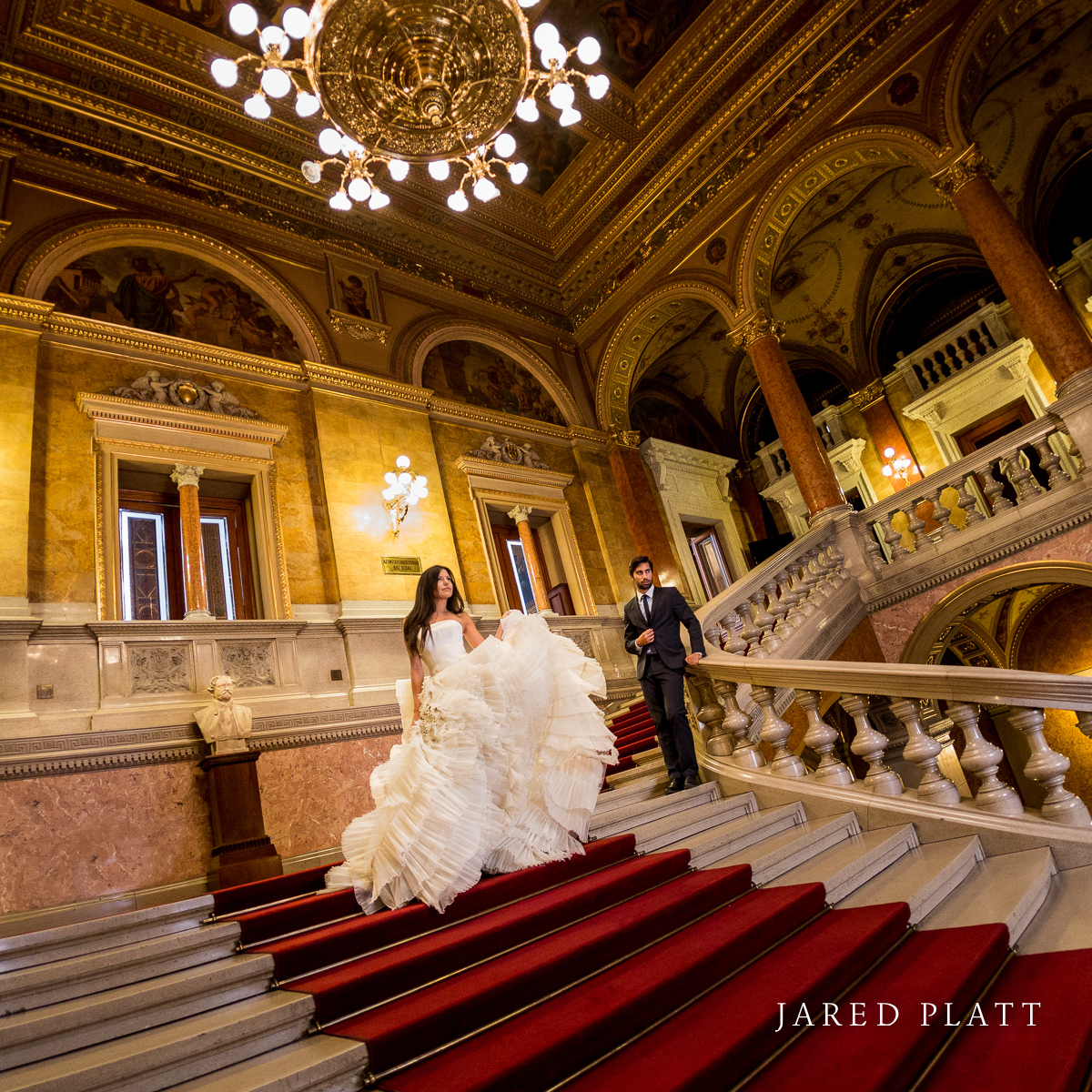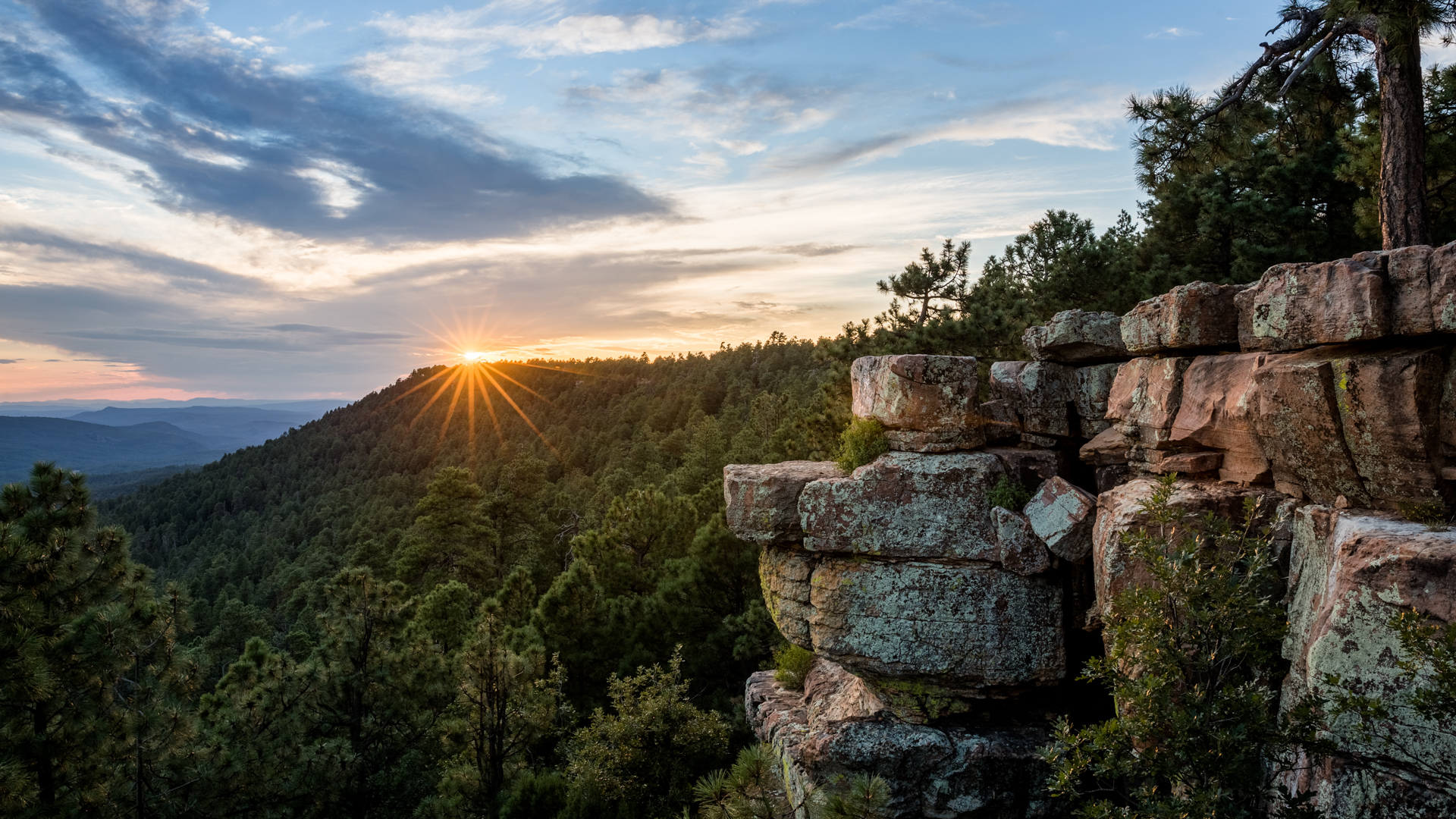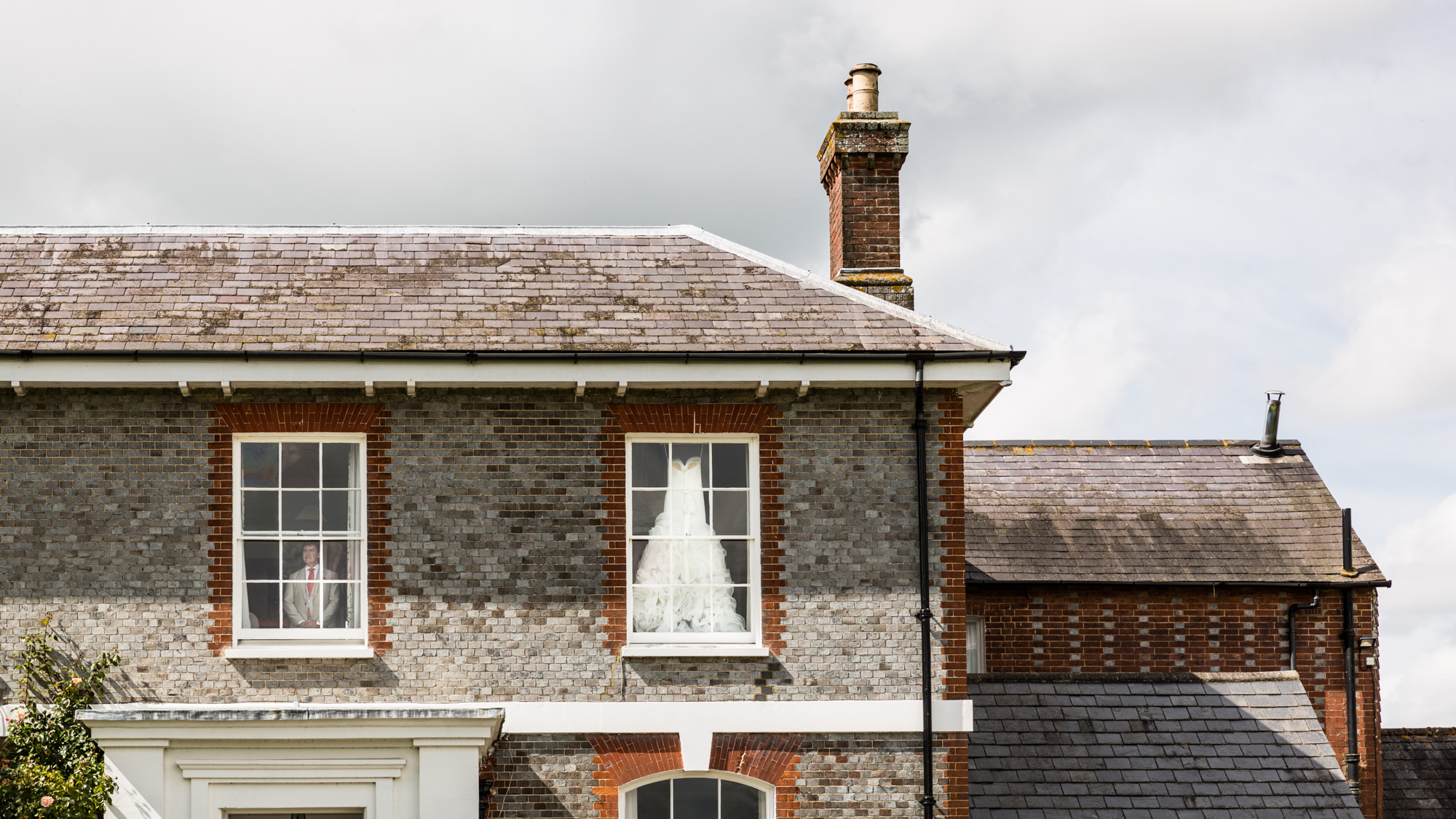I taught a photography workshop in Vienna and Budapest with Clay Blackmore and David Ziser through MZed. This year we will be in Barcelona, Spain [LEARN MORE HERE]. The experience is fantastic. Great people, great food, models, shooting locations, great instructors, and wonderful staff. It was such a pleasure to spend days, rather than hours with students (working professionals) who are thirsty for knowledge.
Here are a few images from my week in Budapest and Vienna.
Enjoy.
——-
On our first full day in Budapest we were allowed to photograph in an ancient and still operational bath house. What a fantastic start to our photographic journey. The place was absolutely full of textures and color. My lighting was accomplished with three Canon Speedlite 600RT flashes on their included flat foot stands (as I did not want to carry light stands with me to Budapest). I’d say they turned out very nice.
We spent a few hours wondering through the underground labyrinths under the streets of Buda Hill. These were apparently the dungeons that held the likes of Count Dracula himself (the real live person, not the vampire). It is fun to wander with a group of friends, but when those friends include photographers, every random streak of light through fog becomes and event. Unfortunately for my wife, she was the only non-photographer, so she became the subject of many a posed photograph. I am sure there will be a number of eery silhouettes of the lovely Danielle in the coming months on a few photographer blogs. She was a great sport about it all, and we had a lot of fun wandering in the shadowy underworld.
The photo I have chosen to show, however was one that kind of fell in my lap rather than needing to be set up. As Jeff led the way through the foggy tunnel, the mood lighting made a perfect and unexpected silhouette of him and his camera. I told him to freeze! Which he did. I then positioned myself for the best possible separation for his head, his face and his camera. We all worked on the shot a bit as Jeff dutifully stayed frozen in position. Carlos Martìn must receive credit for closing the gates just a bit, which I didn’t even know were there until he pulled them in. I was too focused on Jeff’s position. The gate gave me a lot to play with in the corners of the shot.
These kind of moments happen more often that we realize, but many times we pass them by in favor of getting to dinner on time, continuing our conversation, or just inattention to the moments and details. Sometimes we just let something beautiful pass us by and perhaps we regret not getting the shot. The world would have been just fine without this photo in it. Jeff didn’t even know the photo opportunity existed, and neither did anyone else in our group. I think he would have lived without it, but I know he is excited to have the image.
Many times, the moments in our lives are far more important than grabbing that great light or that perfect moment on camera. I have often told photographers in lectures to take a little time off from the camera, and live life rather than document it. It’s hard for us to do sometimes. Case in point… later that evening, we ended up in a cafe on the edge of Buda Hill watching the sunset, hot-cocoa in hand, listening to a unique little string quartet, when the violinist approached us and asked for a request. After a bit of thought, we requested Ave Maria (one of my favorite songs) and he began to play like he was born to play that song. It was very romantic.
Danielle describes what happened next by saying, she now has conclusive proof that I can handle about ninety seconds of romance and beauty before I have to pick up my camera and document it. It wasn’t until she began making fun of me that I realized what I had done, at which point, feeling a bit foolish, I set the camera down and enjoyed the next song without the camera in my hand.
The question then is, did I need my camera to enjoy the music and the moment? Was there even a beautiful shot to be made? I suggest not! This image is only worth the memory spark to tell a story about my own foolishness. And I can say for certain that I enjoyed the music far better with my wife’s hand in my hand rather than a camera. So why the gut reaction to pick up the camera to document everything? Is it a sickness? A habit? An obligation? I will spend my entire life attempting to understand it. In some instances, it is a blessing for my wife because our children’s lives are very well documented. But, it can interfere with life experiences as well. They say recognition is half the battle, the other half is doing something about it. I have found that I can be a far better date without a camera in my hands, so I will often leave my camera at home and just practice experiencing life. Sometimes it is painful to see beautiful moments happening knowing that they will only be available in my memory, but at least I will have experienced the moment rather than simply having observed it.
When we are traveling, the task of capturing the experience falls on me (or maybe, I take it on myself), so I feel I must carry a camera, but that doesn’t mean I must carry a large professional camera. And more importantly, I have to be able distinguish between a moment that is to be captured and a moment that is to be lived.
We took a day trip to Vienna on Friday and I swear I spent thirty minutes debating whether to take my pro gear or my point and shoot with me. Danielle questioned the wisdom of taking my point and shoot to such a beautiful city, but in the end, I am so happy I left all the pro gear in Budapest and walked those beautiful streets with nothing but a tiny camera in one hand and my wife’s hand in the other (see my notes above).
A small (manual) digital point and shoot camera is the perfect middle ground. When you are carrying heavy pro gear, it just gets used more. Maybe just to justify the weight of the gear. A small pocket camera, on the other hand, can be ignored until something critical presents itself, and as long as it is a quality camera, I can walk the streets and enjoy the experiences I am having until something truly needs documentation. And let’s face it, without some kind of a camera, a photographer might go crazy, so it is just nice to have one around.
Everything I shot in Vienna was done with the Canon G15 (a manually adjustable point and shoot camera) and many of the shots were taken at 1600 ISO or higher. So the camera holds up very nicely in most circumstances. Even in the catacombs, where incidentally, a small point and shoot is preferable, when photography is prohibited…
And yes, at the very least, an iPhone makes an acceptable camera to scratch that itch.
FYI. In this next image, the lights were not on. It was daytime. But I thought they would look better on, so I turned them on in Lightroom. Just thought you might find that interesting. So yes, it is not absolutely accurate. But it is more beautiful.
I saw a moment that called out to me, I suppose it was the light, angle of incident, the strange juxtaposition of a glowing telephone in a dark cathedral, the loneliness of the old man using it… but the photo looked nothing like this when I found it. It was cluttered with people passing through the shot, some were from my group and the rest the throngs of tourists moving in and out of the church. But I knew my frame and got my exposure set. I found a place to secure my camera against a column to steady it during the long exposure and waited patiently as my wife and friends left the church (I assume they thought I was with them).
As people left the frame, others entered, but I waited for the moment I knew would eventually come. A fraction of a second presented itself where everyone in the cathedral was just outside my frame, so in the hustle and bustle of a heavily trafficked church, was a moment of complete vacancy and solitude for my subject who feels completely alone. This is why I always tell people that photography is at best incapable of telling the “truth” and at worst an outright lie. The moment I am presenting here never occurred, not even for a fraction of a second. My subject never experienced the solitude you see here, maybe only in his mind was he alone, maybe he felt this way in his heart at the time, but I have no doubt that I only forced my vision of the scene on him.
In the end, any photograph will tell you more about the photographer than it will tell you about the scene or person in front of the camera. When we have our artist hats on, this suites us just fine. Like in this instance, I saw a metaphor, not the truth. So that is what you get to see. The problem becomes that you, the viewer don’t know when the photographer’s intention was to present the truth or just a metaphor. In most cases, the viewer is always better off assuming they are looking at and should treat every photograph as a metaphorical statement made by the photographer… even (especially) when the image is printed in the newspaper.
It was raining. We had umbrellas. The light was perfect. I am a bit of a theatrical show off. So it was only natural to start a “Singing in the Rain” musical number bit for the cameras. Right?
These next two images were taken by Cable Notebloom. Thanks Cable.
Budapest is home to a number of beautiful cathedrals. Danielle and I took the long climb to the top of St. Stephen’s cathedral in the middle of downtown Pest and while the top afforded us a great view of all of Budapest, my favorite image came from the design of the circular staircase. Which only further solidifies the adage that it is not the destination, but the journey…
It’s not a little thing that we were given access to the Budapest Opera House for a four hour photo shoot. I have to give Jeff Medford (the workshop’s brilliant coordinator) credit. This was an amazing experience for everyone, students and instructors. I spent most of the time there with a few students on Canon Speedlite control. We shot setups with just one off camera Speedlite and setups with up to five. While I don’t have very many of my own images from those setups, because I was simply advising students, I was able to make a few images as examples while I was setting up and explaining my light strategies.
This next shot required a total of five Canon Speedlite 600RT flashes and a small 24 inch softbox. One Speedlite with a soft box lights our model, which was the last light to be placed. The remaining lights were used to create depth in the shot. Each cross hallway is lit with a Speedlite, as is the very back corner of the hallway (which would be a black hole without the lights. There are a few windows in the shot which may appear to be illuminating the hallway, but on their own do very little. The Speedlites are doing most of the work, augmenting the natural direction of light provided by the windows.
The important thing to take away from this shot is that without a set of strategically placed flashes that fit in a small shoulder bag, this brilliant hallway would have been very dark and almost unusable. And the entire setup did not take very long. It is a prime example of pre-visualization. You have to see the possibilities in the hallway to select the location in the first place. Then, there has to be a clear vision for the shot to build in the lights quickly and set the scene, otherwise, the exploratory process is too long and takes up valuable shooting time. Wedding photography is a job that requires vision, skill and speed. So I spent a lot of time with Kam and Cabel (my students of the moment) explaining how to build the lighting into the shot quickly and with purpose. I think we got some great imagery.
Cabel then asked a very important question. “What if I only have a limited amount of time and can’t build a shot with five lights?”
So we went into bare bones mode. What if I only have one light? What is the best most efficient use of that light? At this point we had a lot of students gathering around the grand staircase as we discussed the shot. At one point, Clay Blackmore wandered in to shoot some video of our couple walking down the staircase.
Well, with one light pounding into the marble off camera right by about 20 feet, we were able to softly light our models and fill in any unwanted shadows in the room. Even though the original light source is a few small inches, the resulting bounced light makes our light source about 40 feet wide, which means we get very soft light… I think the results were fantastic.
I also spent a little time teaching a group of students about efficient use of a second shooter during a portrait session. I acted as the second shooter to the students who were shooting with the lights in the primary position. By working together, both the primary photographer and the second shooter are able to achieve completely unique and valuable shots. This represents the second shooter’s artistic shot that I made, as the primary shooter (a few students) made traditional portraits from the primary position. I also had a few students in the secondary position with me. It’s all about efficient use of time and recognition from the both the primary and secondary shooters of the other photographers position and shot needs, and working together to shift the pose back and forth to work for both camera positions. Of course, the subject is rarely aware of the second shooter’s efforts because the primary shooter is the only one directing her movements and actions.
Before leaving the Opera House, we were allowed to peek into the main Opera House and sit in the boxes for a few minutes. Danielle, posed for a snap shot memory of the box seat experience. Carlos Martín, prone to doing whatever he likes, found his way past the do not enter signs and velvet ropes to the King’s box (where the King or President would sit). You can see him and Coralee in the box behind Danielle.
There is an effort under way in Vienna to clean the stone faces of some of the buildings. Clearly, they could use a good scrubbing. Over the years, these brilliant white surfaces have become grey and in some cases even black. So, like every city I have ever traveled to, the best buildings are scafolded on one side or another. I was struck by the remarkable difference between the sides that have been cleaned and those slated for a future scrubbing. But as I photographed St. Stephen’s cathedral (in Vienna – there is one in Budapest too), I found myself wishing they would just leave the building alone. The soot has created a beautiful contrast to emphasise the sculptural elements, enhancing the dimensions and the textures. As a photographic subject, the building is far more interesting as a faded, dirty, raw old building than it is in its sparkly clean glory.
Sometimes we want so desperately to clean thing up, buy new things, streighten the books on the shelf, fuss with the wedding dress and the veil, spray the hair until it is locked perfectly in place, and yet, often times, perfection is far less interesting and beautiful than the natural state of things. Irving Penn warned that working on perfecting a subject for too long, often kills the life of the photograph. Imperfection is life. Time ages people, building and everything in this world. I love imperfections and weathering because it tells a story and that is what makes the photograph intriguing. Clean up this building and this photograph becomes far less interesting. Cleaning out the cobwebs make a place more livable, but not necessarily more beautiful.
On the very last day in Budapest, Danielle and I walked along the Danube River. We crossed beautiful bridges, admired fantastic architecture and bought trinkets, but our destination was the memorial for those who’s lives were taken by the Nazis in mass murders on the river’s edge. The memorial is a simple, understated line of bronzed tattered shoes. The shoes face the river as though they are prepared for their end and walking bravely to meet it. I think the direction of the shoes is also a powerful indictment of the cowardice of the Nazi’s, who slaughtered millions of innocent men, women and children (suggesting the act of shooting them in the back). I don’t know if the victims were told to face their assassins or not, but their despicable treachery is well condemned here. And more importantly, as we quietly took in the scene, the innocence of the victims, their humility, bravery, strength, fear, sadness and faith in deliverance hung around us in the air.
I asked Danielle to choose a pair of shoes and I watched her walk amongst the shoes and wondered which she would choose and why? Would it be a father’s boots, who struggled every day to make a living and feed his children and who now faced his murderers wondering what would become of his family? Would it be a set of tiny shoes that belonged to a helpless little child, separated from his parents, not even aware of what was to come? But as she pointed out a small set of simple boots standing side by side with her mother’s modest heeled dress shoes, tears began to form and we talked of a mother and her little girl standing on the edge of a beautiful river, in a beautiful city and we wondered how and why another human could have seen these two innocent lambs holding hands and done anything but run into the group, hold them both and suffer that fate with them… I wonder what the mother told her child. What did the father say to his son? Empowered by faith in God and with hope in his eyes, I hoped he would have had the strength to smile and say, “I will see you in a few minutes, son. We will be just fine.”
I struggle to write this in a blog that is usually filled with happy unions, beautiful moments with care free children and careless discussions about the importance of f-stops and shutter speeds. But while we stood there on the Danube, we had a chance to stand, not in, but near by others’ shoes and I could not help but feel I learned something about family and about God, who must have stood their that day with open arms on the other side to give his tormented sons and daughters a very real and very long embrace. And I just hope that as I enter difficult times of life that are full of fear, that I can hold my little girl’s hand and say with a reassuring smile, “we will be just fine.” And then step off into that river and await the unknown and the embrace that comes after the extreme trials of faith and hope. And while life is good, and while we are blessed with plenty and peace, this is the time to hold those I love close, build them up, teach them strength, conviction, faith and hope and above all to show them love.
I teach a lot of photographers about workflow and software and f-stops and shutter speeds, but the most important thing I can tach any photographer, or any person for that matter, is the importance of filling your mind and your heart with inspiration ( joyful and sorrowful). One cannot produce inspiring work from an empty well. And that is something that was so fantastic about the Budapest Master Class, it was more than an opportunity to learn technical photography, it was an opportunity to become inspired and experience life from another perspective, in another culture, to meet new and interesting people and see things in a completely different way.
——–
If you would like to join us in Barcelona in October of 2014, go to www.MZed.com and mention JARED PLATT to receive $150 off your tuition for the class. I hope to see you there.





























Leave A Comment
You must be logged in to post a comment.